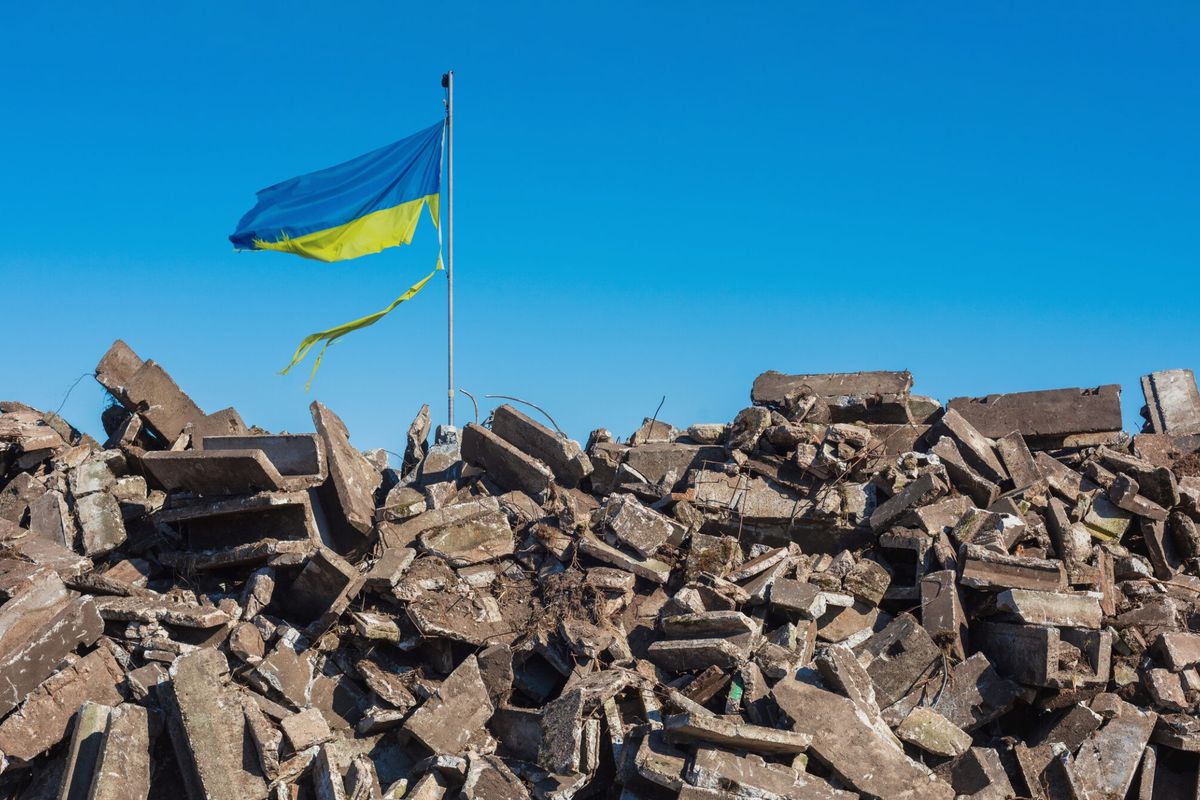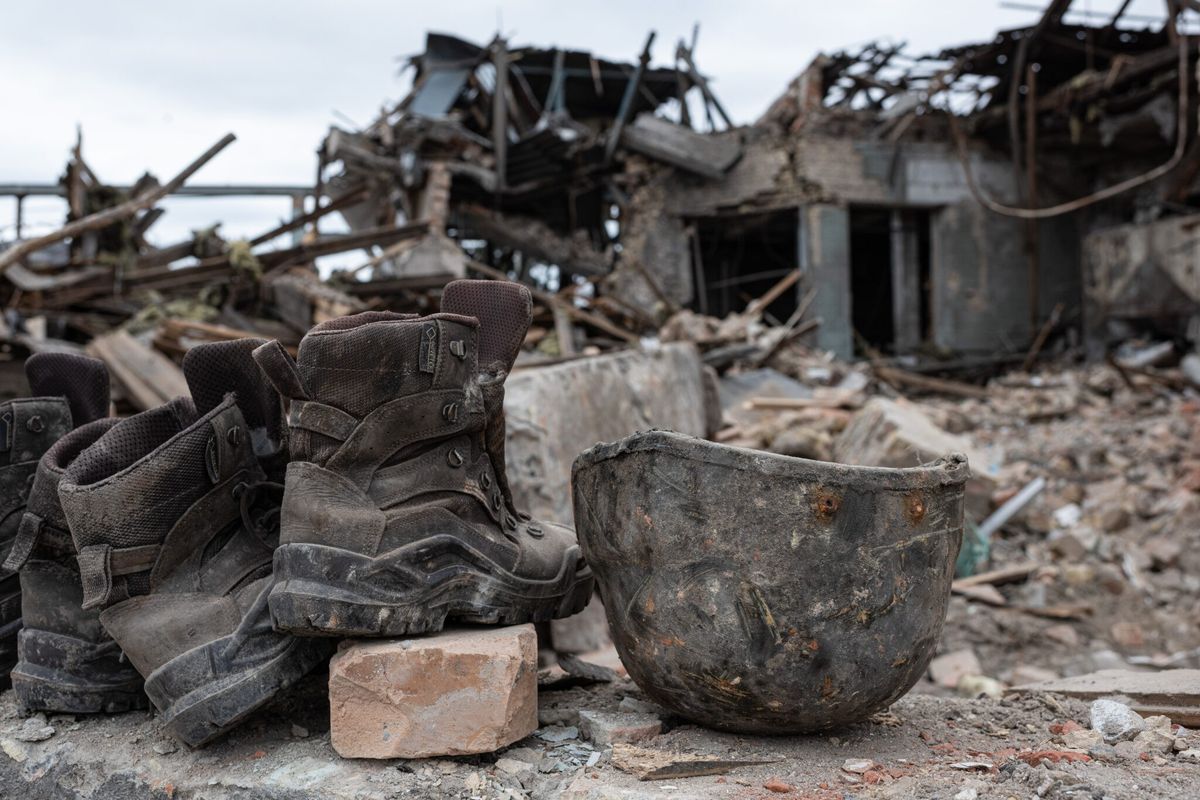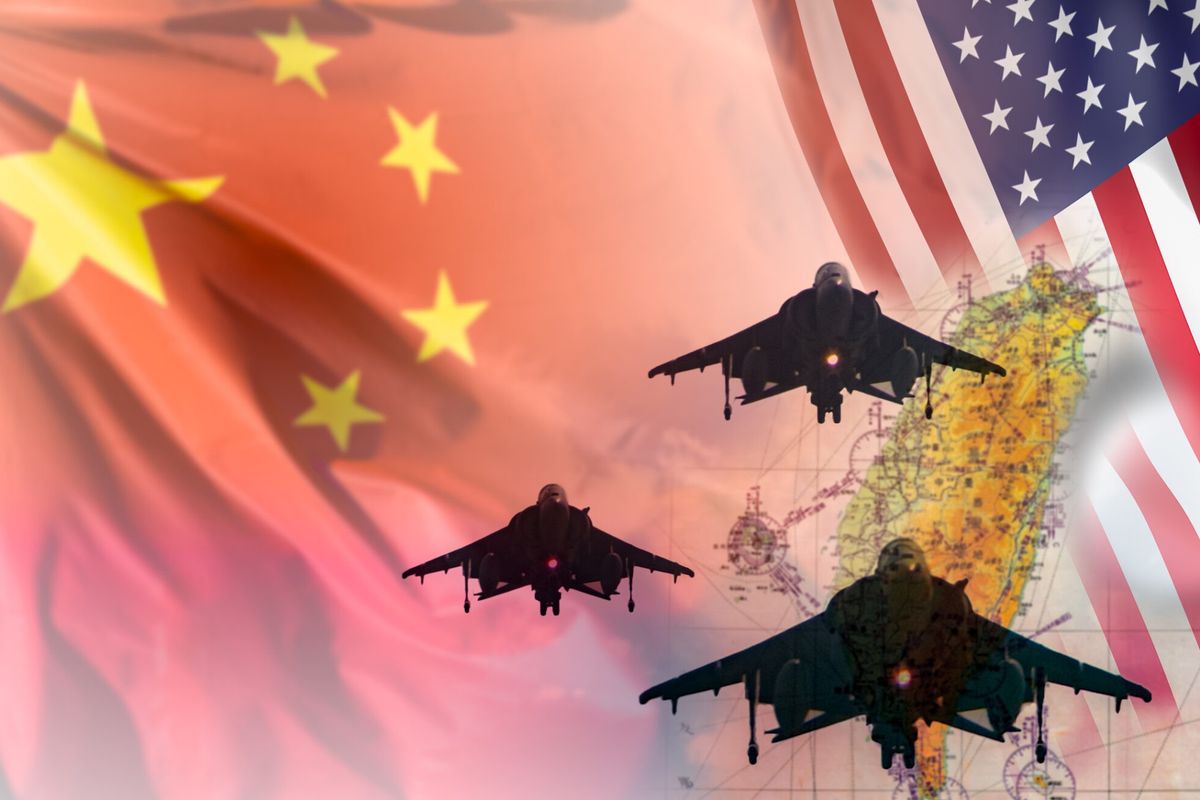The Canada-U.S. defence relationship is unique in the world of international politics. Its foundation is premised on the shared principle that the defence of North America is indivisible. From this premise, Canada and the U.S. further share the belief that threats to North America should be met overseas. As such, this relationship is largely immune to the vagaries of specific governments on either side of the border. Certainly there have been, and will be, times at which Canadian and American policy diverge, as occurred over Iraq in 2003. Nonetheless, the depth and breadth of the relationship ensures that such divergences have little, if any, lasting effect on the relationship.
There is an expectation that the relationship between the liberal government of Canadian Prime Minister Justin Trudeau and the new Trump Administration will be a difficult one, especially on the trade/NAFTA front. This expectation is a function of the negative views of Donald Trump held by most Canadians, historical evidence of difficulties due to the ideological divide between liberal prime ministers and Republican presidents, and sharply contrasting personalities, even though both are populists.
On the defence file, the Trudeau government’s core objective is to re-engage in United Nations’ peacekeeping efforts, with the commitment of 600 troops to a currently unspecified African operation (the bet is on Mali). This is directly at odds with the Trump Administration, which holds a wholly negative view of the UN. Even so, indications that the Trump Administration is committed to continuing the war against terrorism overseas will act as a buffer on this issue. Not least because Mali, in particular, is currently fighting against jihadist terrorists. The issue for Canada is whether its forces will be able to rely upon “behind the scenes” U.S. support as has traditionally been the case.
One might also expect NATO (the North American Treaty Organization) to be an issue. Here, despite the priority attached to UN peacekeeping, the Trudeau government has not downgraded its support to NATO in Eastern Europe. It has continued the previous government’s defence support to Ukraine, provided fighter aircraft to Eastern Europe, and has committed to send ground troops and lead one of the NATO brigades currently being deployed to the Baltic states. It is unclear, however, whether the Trump Administration will re-consider its similar commitment to the Baltic states and Poland, given the president’s campaign threats related to allied defence burden-sharing. In addition, much will depend upon the future American relationship with Russia. Even so, Trump has not definitively disparaged the value of the alliance, while the views of National Security Advisor Michael Flynn and Secretary of Defence James Mattis on the threat posed by Russia suggest that little will change.
If there is any issue that may prove difficult for the binational/bilateral defence relationship, it’s Trump’s threat not to come to an ally’s assistance, as per Article V of the NATO Treaty, if member countries do not invest adequately in defence. This has raised alarm bells in Canada. Canada ranks among the lowest of the NATO allies in defence spending as a percentage of GDP – less than 1%.
Frustration at allied burden-sharing is not, however, unique to this administration. Past American ambassadors to Canada have regularly, but diplomatically, raised the need for Canada, and all the allies, to carry more of the defence burden. Trump has just been a bit more extreme in providing a threat for failure. Perhaps Trump’s rhetoric and unpredictability, at least for now, might push the Trudeau government to spend more on defence, but don’t count on it. Moreover for Canada – to a much greater extent than the European allies – American rhetoric meets geo-strategic self-interest. The U.S. must cooperate in North American defence with Canada in order for the U.S. to defend itself.
There are, of course, lower level punishments that the U.S. can employ due to its military superiority. Canadian defence relations can be downgraded or scaled back, and Canadian access to U.S. defence information reduced. But this has happened before, such as in the wake of the Canadian non-decision on participation in the Reagan Strategic Defence Initiative (SDI). But, these have always been relatively shortlived and are more a function of decisions made at lower military levels, rather than by the Administration.
This reality is a function of two additional factors. First, the Canada-U.S. defence relationship is largely beneath the political radar in Washington. Trump, like his predecessors, will be focused overseas on adversaries like Russia, China, and the Middle East, among other regions. Canada is largely taken for granted and thus easily forgotten.
Moreover, the relationship is largely managed at the bureaucratic level. Canada and the U.S. enjoy close military-to-military ties from the level of the Canadian Chief of the Defence Staff and U.S. Chairman of the Joint Chiefs of Staff, the Permanent Joint Board on Defence, the Military Cooperation Committee, and the binational North American Aerospace Defence Command (NORAD), down to the large number of officer exchanges, bilateral trainings, education programs, and direct experience in military cooperation overseas in places like Afghanistan. All of these act as a major buffer to tensions at the political level.
One final issue of note is the apparent priority that the Trump Administration will assign to strategic ballistic missile defence (BMD) against threats from Iran and North Korea. Although Canada supports the U.S. BMD mission through the provision of early warning assessment via NORAD to U.S. Northern Command, Canada rejected direct participation 2005. Whether this will lead to U.S. pressure on Canada to participate, remains to be seen. However, it is also evident that the Trudeau government will signal its intent to re-engage in discussions with the U.S. about BMD when the Canadian Defence Review is released shortly.
Until the Defence Review is released and U.S. defence policy becomes clearer, it is difficult to predict which issues will complicate the relationship. Regardless, the Canada-U.S. defence relationship has deep roots, first laid out by President Franklin Roosevelt in 1938, who said that the U.S. would not stand idly by if Canada was attacked by a third party, to which the Prime Minister replied that Canada would not allow its territory to be used to attack the United States. This reality has not changed. Expect some problems, but little real damage to the relationship.












